Pitch Perfect: How Harman Engineers Sound

Unless you’re an audiophile you may not be familiar with Harman. This company is a market leader in the sound business and chances are most drivers are well aware of at least a few of its diverse brands.
All told they field about 15 subsidiaries including Mark Levinson, JBL, Lexicon and Infinity to name but a handful. Many high-end vehicles feature audio systems developed by Harman.
According to Phil Eyler, the company’s senior vice president and general manager global car audio business, they command about 38 percent of the market, which makes them the biggest player around. He also said Bose, their top rival, is a distant second and about 10 points behind.
Eyler said that aside from vehicular and in-home sound systems, “We’re far and away number one with pro audio … we dominate in that space.” But facts and figures can be mind-numbingly cerebral, what really matters is the why and how of Harman’s market success. To answer these questions and demonstrate its capabilities they opened their doors and gave AutoGuide.com an extensive look at their engineering facilities to show how they deliver the best listening experience possible.
Artful Engineering
Given the emotion and artistry of music, it seems unlikely that something as black and white as engineering could ever relate. But surprisingly there really is a science to sound, how it’s measured and manipulated, recorded and reproduced.
“No one puts as much into benchmarking as Harman does,” said Jonathan Pierce, the company’s senior engineer of acoustic systems. Proving this he went on to explain some of the testing and development work they do.
Aside from high-end computers, advanced software and professional-grade equipment one of the more interesting tools at their disposal is a small group of folks with special talents. Pierce said, “We have 29 trained listeners spread across our four facilities.” These individuals have received unique and rather rigorous instruction that’s honed their listening abilities to a fine level. They can provide exacting feedback about audio technology that’s under development or even give opinions about competing systems, information that’s invaluable.
Of course Harman engineers do not rely solely on trained listeners; they have countless other tests and technologies at their disposal for developing audio systems or benchmarking rivals.
Commenting on their products Pierce said, “Audio equipment is like a wine glass,” it should be odorless, colorless and transparent; it’s simply a way of delivering a product to its consumer.
QLS: QuantumLogic Surround
The result of all that objective and subjective testing are some pretty intriguing innovations. QLS, shorthand for QuantumLogic Surround is one of these advancements.
This technology can create a genuine surround-sound experience from a stereo or even mono track of music. Using advanced software it slices and dices like a Ginsu-wielding sushi chef.
Let’s say you’ve got a single-channel song that’s comprised of three elements, a singer, a guitar and some drums. In a mono track all of these parts are mixed together into a jumbled mess. What QLS does is seamlessly isolate each of these constituent elements so they can be sent to a separate speaker of a surround-sound system. For instance the vocals could come from one in the middle, the guitar from a speaker off to the side and the drums from behind the listener. There are numerous settings for this.
These extracted parts are identical to the original, just broadcast from different areas. This means music sounds the way its creator intended it to. QLS aims to eliminate artifacts and phase issues that lesser systems can introduce. It’s a significant step up from its predecessor, Harman’s Logic 7.
Not surprisingly QLS is dramatically more effective with stereo tracks than mono ones since there’s much more data for it to manipulate. Pierce said, “We’re blown away by it,” though he may be a little bit biased.
SEE ALSO: What does a VIN do?
QLS may sound like something out of a science-fiction movie but in truth it works extremely well. Pierce demonstrated its capability by playing a handful of songs and it absolutely made the sample music come alive, including a mono track of “Penny Lane” by The Beatles.
Of course this technology has applications beyond the automotive space. It could be implemented in things like home stereo systems and movie theaters or even video games to give an immersive surround-sound experience.
Clari-Fi: Filling in the Blanks
QLS may have the ability to shift things around but like a magic wand Harman’s Clari-Fi system can actually replace what’s missing. Think of it as music restoration software that fills in the blanks often found in digital media.
We live in a world where songs are downloaded or streamed, not stored on flat vinyl disks or cassette tapes. Because of this situation music has to be compressed to keep the file sizes from getting out of hand. Could you imagine if only 100 lossless audio clips fit on your iPhone? Compression allows you to store thousands of songs in your pocket, but at a cost.
The tradeoff is quality. In simple terms digital music often doesn’t sound that great. According to Pierce the reason for this is something called a brick-wall filter, which is how many files are condensed.
These compressors basically attack the high-frequency end of the audio spectrum and chop it off. This can result in a sound that lacks richness and depth, but all is not lost. Advanced software like Clari-Fi can add much of this back in.
This technology works in real time and is smart enough to boost what’s there in order to reconstruct blank portions of an audio track. Like Harman’s QLS it’s surprisingly effective though admittedly not as dramatic.
As more and more people start streaming music from the internet this technology could really find its place. “Clari-Fi shines in this area,” said Pierce, enhancing the sound provided by services like Slacker or even HD terrestrial radio.
According to Pierce Clari-Fi is currently available in JBL home sound systems, Lexus RC and NX models as well as Kia’s Sorento crossover; it’s also included in the HTC One smartphone available from Sprint.
HALOsonic: Addition and Subtraction
Finally, Harman offers an automotive-specific technology called HALOsonic. This system incorporates three major components, all of which deal with in-vehicle racket.
In a bid to improve fuel economy automakers are striving to reduce mass every way they can. Unfortunately this can mean cars and trucks receive less sound-deadening material. But there is a solution to this potential pitfall: noise cancellation. Eyler said it’s “an established technology that everyone’s going after” but Harman is taking things to the next level.
SEE ALSO: Tips From a Salesman on How to Buy a Car
Current systems can eliminate engine noise by broadcasting an opposite frequency through the vehicle’s speakers, which cancels out the original sound. Moving a step beyond this Harman is getting ready to launch a version of this for vehicle chassis, a system that can reduce road noise.
But what if you want more noise? Well, Harman also supplies sound synthesis technology that can help make an anemic four-cylinder trumpet like a high-performance engine.
There’s a lot going on in the audio world today and especially at Harman. Thanks to their hard work they’re providing better sound. Pierce said, “We truly believe in the science behind our products.”
For more stories like this check out our Tips and Advice section.

Born and raised in metro Detroit, Craig was steeped in mechanics from childhood. He feels as much at home with a wrench or welding gun in his hand as he does behind the wheel or in front of a camera. Putting his Bachelor's Degree in Journalism to good use, he's always pumping out videos, reviews, and features for AutoGuide.com. When the workday is over, he can be found out driving his fully restored 1936 Ford V8 sedan. Craig has covered the automotive industry full time for more than 10 years and is a member of the Automotive Press Association (APA) and Midwest Automotive Media Association (MAMA).
More by Craig Cole





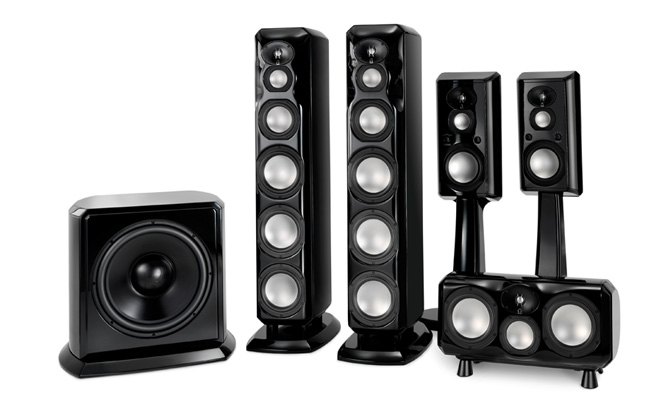




















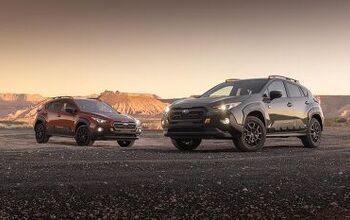
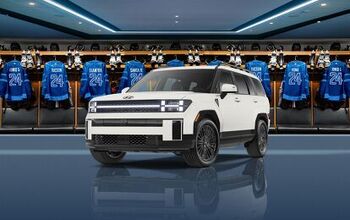

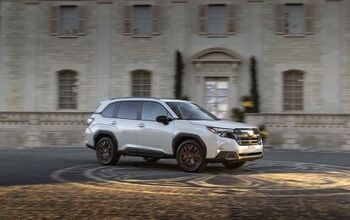
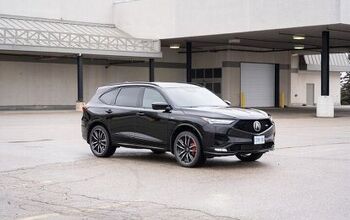

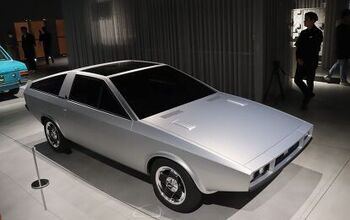



Comments
Join the conversation